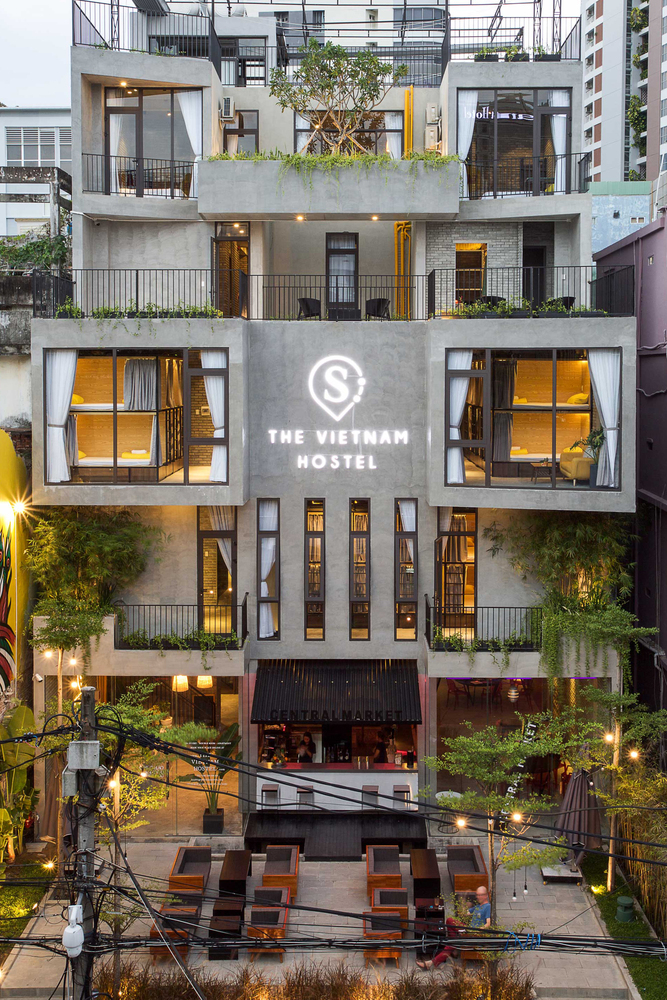Mlicki Offices Jonathan Barnes Architecture and Design
2011-05-16 00:00
架构师提供的文本描述。这一翻新项目处理了通过回收利用实现可持续性的问题,改造了两个与业主企业品牌相一致的具有历史意义但并不具有历史意义的结构,并通过该项目对两位艺术家的作品进行了调查,并提及了这两位艺术家的作品。
Text description provided by the architects. This renovation project addressed the issues of sustainability through recycling, the reinvention of two historic, but not historically significant, structures to align with the brand of the owner’s business, and the investigation of and references to the work of two artists through this project.
对这些用作办公室的现有住宅结构的翻修是非常可持续的。它还创造了一个类型学的过渡,从相邻的第一环郊区住宅区到地块的一边到另一边更多的城市商业零售地带(从而保持了两者的特性),通过对现有居住形式的新解释。它回应了当地企业(一家战略设计公司)的所有者的愿望,即保持他们的品牌与历史结构之间的联系(以及他们的品牌与一座新的、光滑的办公大楼的脱节)。
The renovation of these existing residential structures, used as offices, was more than sustainable. It also created a typological transition from the adjoining first-ring suburban residential neighborhood to one side of the site to the more urban commercial retail strip on the other (thus preserving the character of both) through a new interpretation of the existing residential forms. And it responded to the desires of the owners of the resident business (a strategic design firm) to maintain the connection between their brand and the historic structures (and the disconnection of their brand with a new, slick office building).
这两个结构与一个视觉上和功能上统一的中庭/入口和从中心雕刻的裂缝球形空洞连接在一起。门屋顶的部分被提高,以增加室内日光和功能体积。由圆形切口定义的球形空洞是指60年代和70年代的开创性概念艺术家戈登·马塔-克拉克(Gordon Matta-Clark)的作品,他对现有建筑的操作将建筑物视为雕塑材料,并对空间、外壳和建筑构件之间的关系提出质疑。他的工作也参考了这个项目的外部,在那里现有的窗户被保存,但也扩展和连接,往往在楼层之间,以创造图形符号的正面。再一次,楼层之间的窗户暴露出来的地板结构留下了生的痕迹。这个项目的内部也引用了法国摄影师乔治·鲁斯的作品。在这个项目的内部,新的视线是通过出乎意料的开放和连接的空间创造出来的,通过使用色彩,这些串联的空间同时扩展和折叠了内部空间。
The two structures are connected with a visually and functionally unifying atrium/entry and a fractured spherical void carved from the center. Sections of the gabled roofs were raised to increase interior daylight and functional volume. The spherical void, as defined by circular excisions with their internal structure exposed, is a reference to the work of Gordon Matta-Clark, a groundbreaking conceptual artist of the 60’s and 70’s, whose manipulations of existing structures saw buildings as sculptural material and questioned assumptions of space, enclosure and the relationships between building components. His work is also referenced on this project’s exterior, where existing windows were kept, but also expanded and connected, often between floors, to create graphic symbols in the facades. Once again, the floor structure exposed by the windows between floors was left raw. The work of George Rousse, the French photographer, is also referenced in this project’s interior, where new sightlines are created through unexpectedly opened and connected spaces and, through the use of color, these serially joined spaces simultaneously expand and collapse the interior space.
带有聚碳酸酯玻璃屋顶的两层连接器是室内日光的主要来源,通过相邻工作区的开口过滤和反射光线。一座楼梯和二级桥梁提供了一个方便的,集中的通道,在此之前从未存在过。开放的墙壁和新的视线提供了一个更多的协作工作环境和简短的“幕后”展示这些地区访问客户。连接现有山墙的平屋顶下的新容量使办公室得以扩大,并增加了建筑物的占地面积。建筑物的外部已经用深灰色水泥板和不锈钢雨屏重新覆盖,为现有的各种结构形式提供了连续性。
The two-story connector, with a polycarbonate glazed roof, is a major source of daylight for the interiors, filtering and reflecting light through openings to the adjacent workspaces. A stair and second level bridge provide a convenient, centralized access where none had existed before. The opened walls and new sightlines provide a more collaborative work environment and brief “behind the scenes” displays of these areas for visiting clients. New volumes under flat roofs connecting existing gables enable the expansion of the offices with increasing the building’s footprint. The building’s exterior has been reclad with a dark gray cement board and stainless steel rainscreen providing continuity to the existing variegated forms of the structure.
 举报
举报
别默默的看了,快登录帮我评论一下吧!:)
注册
登录
更多评论
相关文章
-

描边风设计中,最容易犯的8种问题分析
2018年走过了四分之一,LOGO设计趋势也清晰了LOGO设计
-

描边风设计中,最容易犯的8种问题分析
2018年走过了四分之一,LOGO设计趋势也清晰了LOGO设计
-

描边风设计中,最容易犯的8种问题分析
2018年走过了四分之一,LOGO设计趋势也清晰了LOGO设计






























































